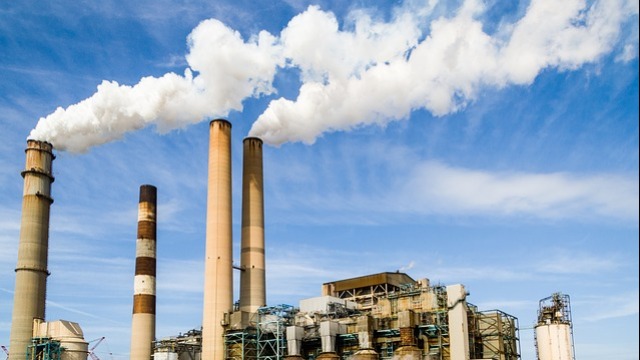
Ideally, after the global phase-down of hydrofluorocarbon (HFC) refrigerant gases, we would all transition to a refrigerant technology that would never have to be replaced again. Climate hawks often describe hydrofluorocarbons as a kind of white rhino, a rare area of policy that everyone — industry, environmentalists, Democrats, Republicans — can agree on.
After replacing HFCs, some are trying to sell the idea that it is possible come up with a “future-proof” solution that would ensure no further disruptions or further regulations. In reality, it’s unrealistic to think that there is a silver bullet of refrigerants.
INCREASING EMISSIONS
According to a new study by the journal Nature Communications, hydrofluorocarbon emissions actually appear to be growing at record values. The study contradicts previous predictions that hydrofluorocarbon emissions would drop by around 90% from 2015 to 2017.
Two years after China and India pledged to reduce HFC emissions in factories that produce the gas, the countries reported that they had almost wholly eliminated HFC-23 emission. However, in 2018, not only did HFC-23 emissions increase, but they reached an all-time high. Why is this? The study finds that it is very likely that China has not been as successful in reducing HFC-23 emissions as reported. Without additional measurements, it is hard to know whether India has been able to implement its abatement programme.
Expectedly, the new findings have a massive implication on the Kigali Amendment. While the Kigali amendment does not yet bind China and India, their reported reduction would have put them on course to be consistent with Kigali. Had the emissions reductions been as large as reported, the researchers estimate that the equivalent of a whole year of Spain’s CO2 emissions could have been avoided between 2015 and 2017. However, it looks like there is still work to do.
HFC ALTERNATIVES
Chlorofluorocarbons (CFCs) were invented in the 1930s, and due to their safety and efficiency, became the standard. In the 1980s, as their negative environmental impact on the ozone layer became known, the industry met the challenge with HFCs, which have no ozone layer impact. Today’s challenge is to address HFCs’ potential climate impact. Once again, the industry is ready to provide safer and more efficient solutions.
The new generation of choices available today all have a reduced impact on climate, but also come with their set of drawbacks. All of them, including those marketed as “natural refrigerants,” are in fact factory-made. Ammonia and HFOs are synthesized in chemical reactors. Hydrocarbons are petrochemicals produced by cracking in oil and gas refineries, and CO2is a purified industrial gas. Ammonia is highly toxic, hydrocarbons are highly explosive, and CO2 requires very high operating pressure, complicated controls, and may not be efficient in all climates. All must also be further refined to meet the purity requirements of today’s equipment. All consume raw materials and energy and produce waste when manufactured. All must be packaged and transported. The user must decide which trade-offs they can accommodate to best meet their needs.
THE FUTURE
Can any of the above solutions provide us with a future free of disruption? If you have to deal with ammonia leaks, hydrocarbon-related explosions, systems breaking down, or complex systems that are hard for users to adopt or transition to, your business will be disrupted. Although we know the global HVACR industry will continue to improve, it’s impossible to call any solution “future proof”. New scientific advancements, along with progress in the industry will continue to push new innovations forward in order to maximize equipment efficiency, while keeping a focus on safety and the environment.
FIELDBOSS stays current on industry trends to keep you informed on what’s happening in the HVACR world. Read our blog and sign up for our newsletter for all the latest news.
#HFCPhaseout #HFCRefrigerants #HVAC #HVACRIndustry